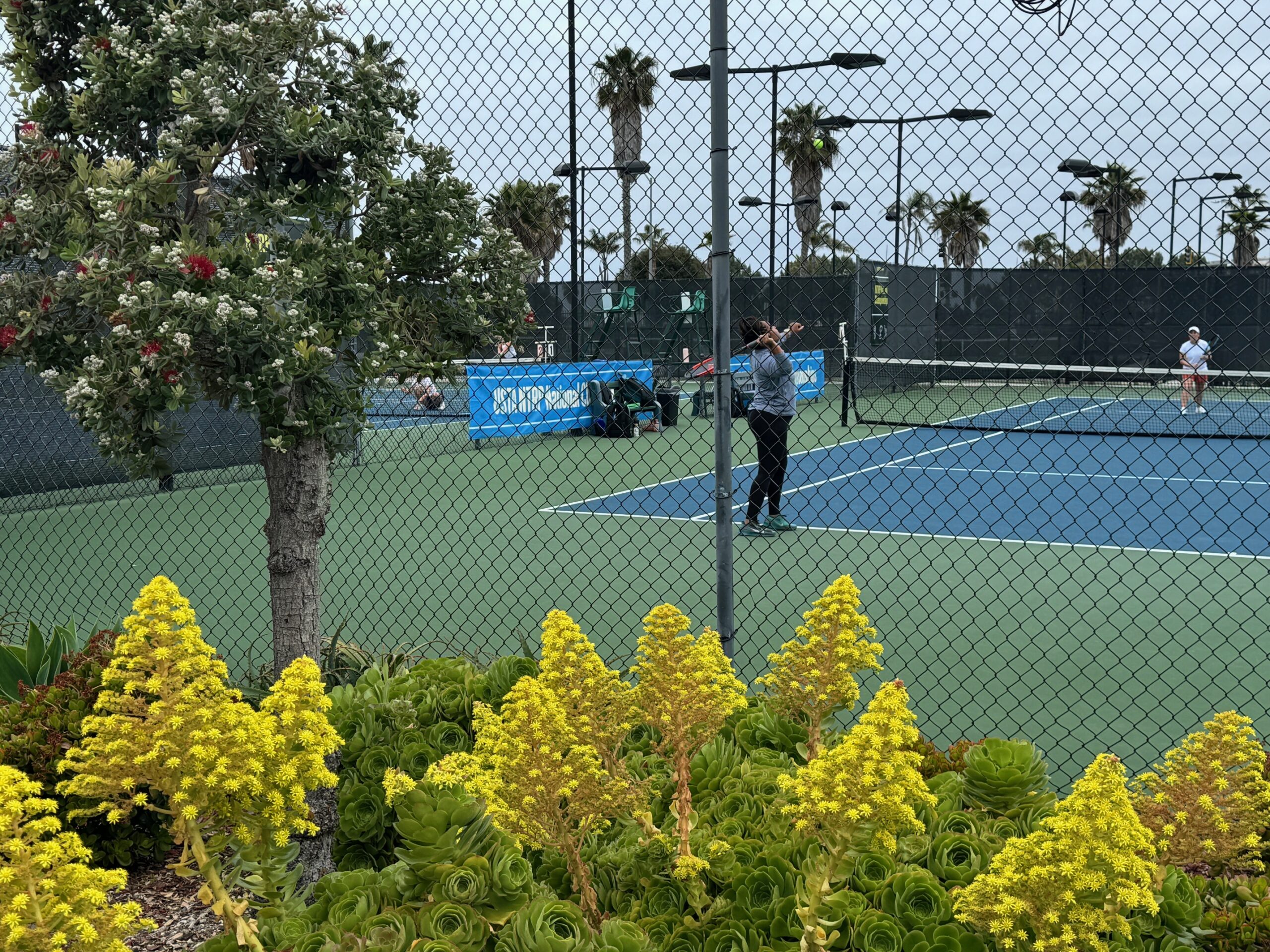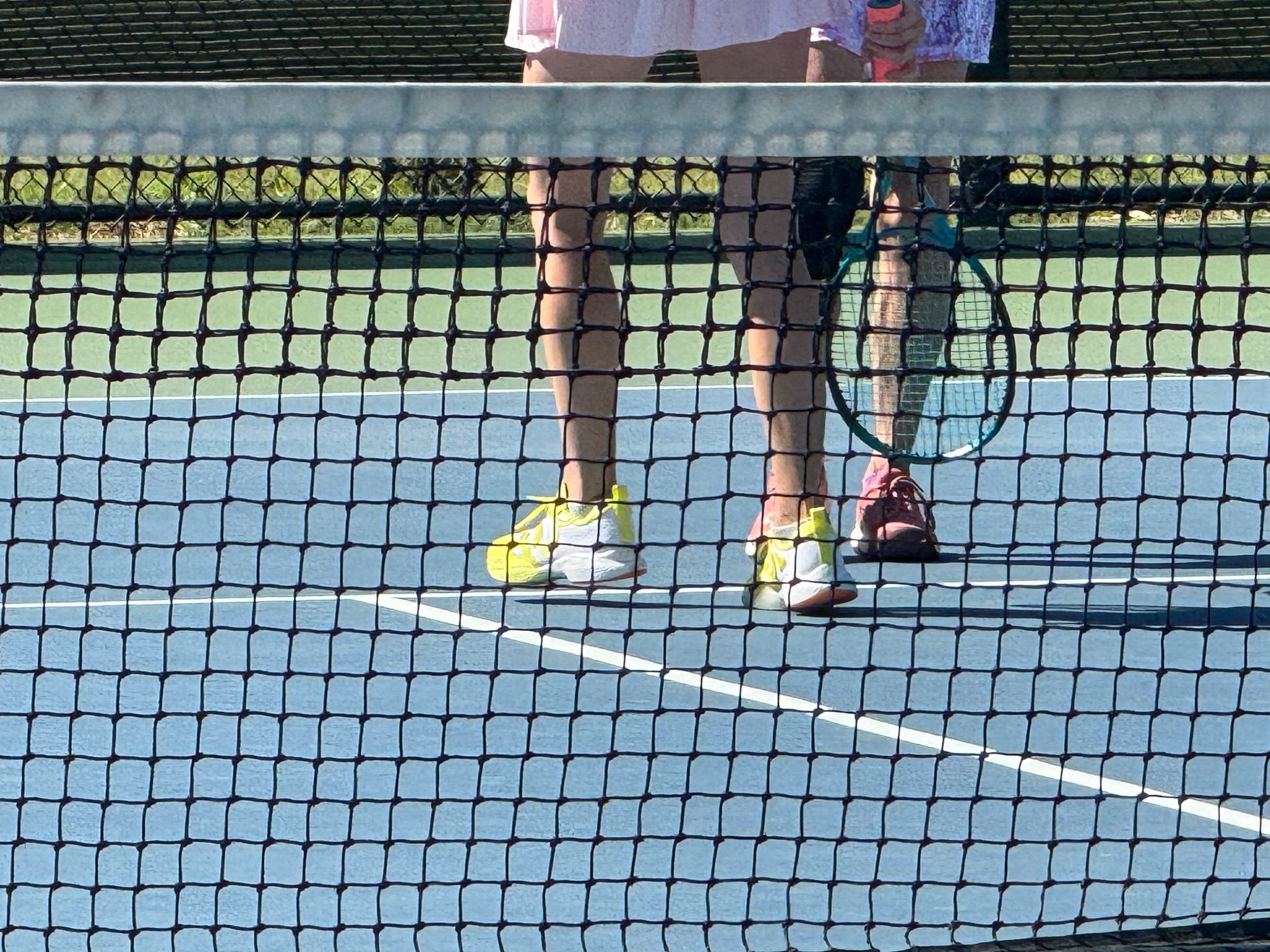Design-oriented thinking is a method to reframe quality of life as something that can be intentionally curated. It is a practice and philosophy that was recorded by Bill Burnett and Dave Evans in their book ‘Designing Your Life: How to Build a Well-Lived, Joyful Life.‘ While their original work is positioned as a career and life management self-help book, it is equally valuable when applied to more narrow pursuits such as tennis.
Data-based decisions are at the core of design-oriented thinking. Unfortunately, a lack of actionable information is frequently an impediment to acting. In essence, embracing data-based decisions can become an excuse for indecision. The beauty of design-oriented thinking is that it includes mechanisms for designing experiments and tests that elicit the data needed to fill that gap.
Burnet and Evans prescribe performing a “Life Design Assessment” that captures your current state across four dimensions. Their premise is that it is important to have balance across all of those areas. It is actually very similar to Stephen Covey’s dimensions of renewal. Both are effective structured approaches to considering balance.
While the dimensions and categories in ‘Designing Your Life‘ are great for career management, some tailoring is required to fit our ongoing narrow application to tennis. Consequently, I have taken a first cut at defining the dimensions of a well-balanced tennis life. This is very much a work in progress, so suggestions, observations, and comments would be welcomed.
- Health. This dimension includes both physical and mental health. Tennis requires the player to maintain a degree of fitness and to remain injury-free. This category also includes cognitive skills and emotional intelligence both on and off the court.
- Enjoyment. This is the level of pleasure that tennis brings. Regardless of the format of tennis played, finding joy in the game is crucial. This dimension also includes the level of mental engagement when participating in the sport.
- Relationships. The quality of social connections formed on and off the court contributes significantly to a happy tennis life. Building friendships with fellow players, coaches, and members of the tennis community fosters a sense of belonging and camaraderie. Meaningful interactions enhance the overall tennis experience and contribute to long-term satisfaction.
- Performance. The pursuit of personal growth and improvement in tennis skills is a key dimension of fulfillment. Setting and achieving individual goals, whether related to technique, fitness, or match performance, provides a sense of accomplishment. Continuous learning and progress contribute significantly to the tennis journey.
The fundamental question is how you are currently doing across those dimensions. In their book, Burnet and Evans advocate for thinking about each category like a gauge on a dashboard. There is no perfect balance, and what is normal or desired will vary from person to person. However, if one of the gauges is out of alignment with the others, it could be a sign that corrective action is needed.
If you are maintaining a “Player Development Journal,” augmenting the practice and post-match evaluation worksheets with the dimensional self-assessment is a great way to collect that data. Regardless of the mechanism used, I highly recommend using a relatively long duration because there is likely to be dramatic skewing from day to day.
The intentional design of a happy tennis life requires data on which to make decisions. Systematically assessing your status across Health, Enjoyment, Relationships, and Performance fosters a dynamic approach to optimizing your tennis journey.
Throughout 2024, I am publishing a series of essays imaging how to apply the principles in ‘Designing Your Life: How to Build a Well-Lived, Joyful Life‘ (<- sponsored link), which is a non-tennis book that I have come to believe that everyone should read.
A chronological summary of all posts on this topic is available on the Designing Your Tennis Life summary page.



